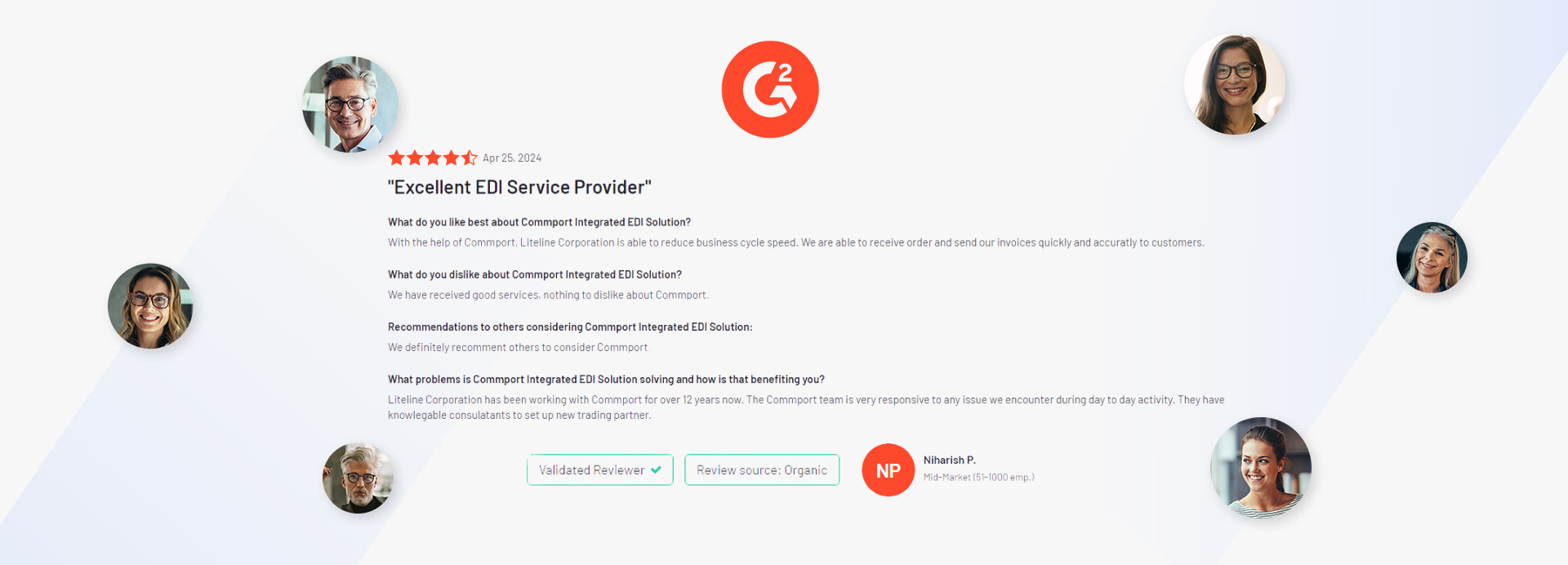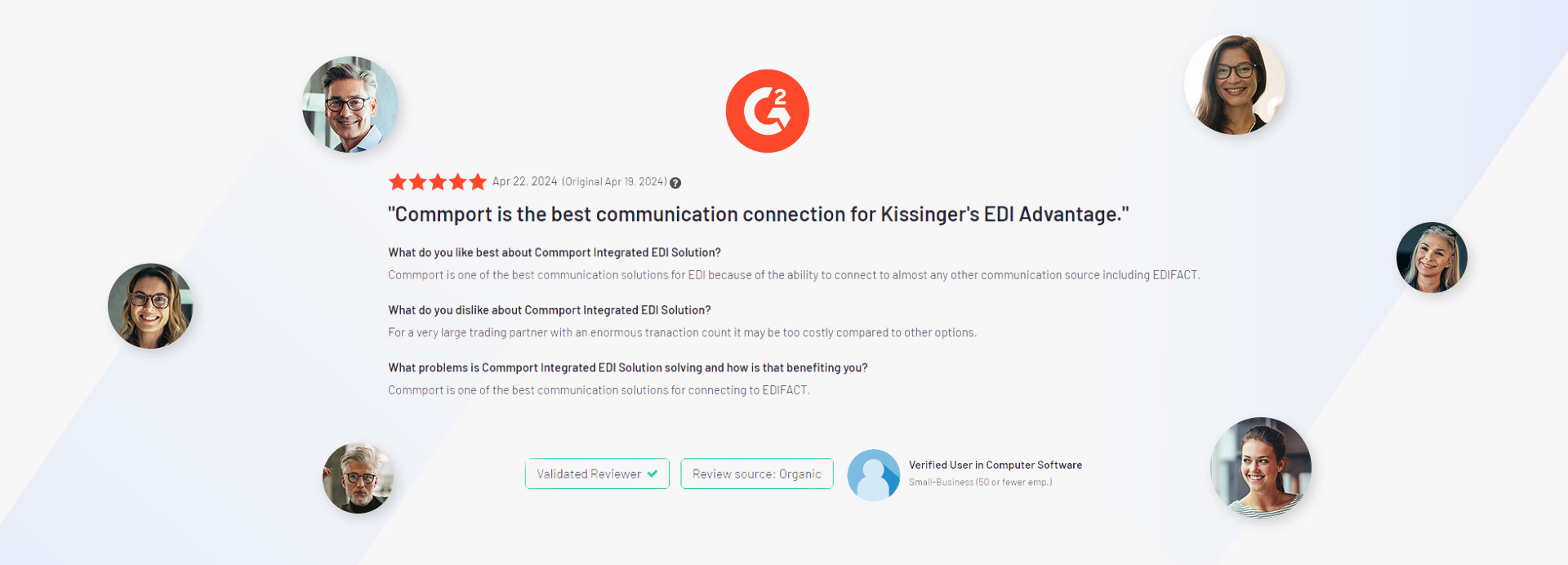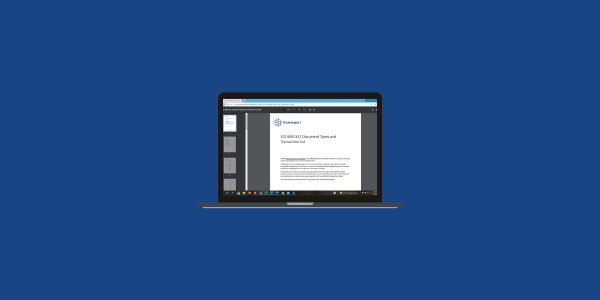An EDI 816 Organizational Relationships, is sent buyers to sellers. It contains information on individual locations, such as warehouses, distribution centers or retail stores. It is also used to provide detail on each location’s eligibility to purchase under terms of the relationship with a seller.
This electronic document complies with the ANSI X12 EDI specification.
All EDI documents are securely encrypted in transit, allowing trading partners to send sensitive data safely. Using the EDI 180 can help streamline the returns process for both retailers and suppliers.
Reduced Manual Effort & Elimiated Errors
Improve Cash Flow
Better operating efficiency
An EDI 816 is most commonly triggered upon the opening of a new store or distribution centre, or a change of address for a particular location. This benefits the seller by keeping track of things like ship-to locations on orders, and provides the relative information to assist the supplier when the new location places an order or becomes an available ship to location.
The buyer can also send updated EDI 816 documents when a location closes, opens, or has other information changes.
After getting EDI 816, the seller usually responds with an EDI 997 Functional Acknowledgement to confirm receipt.
EDI 816 transaction sets need to cover certain details about each individual location. Some of the core elements in the EDI 816 include:
ANSI ASC X12
The American National Standards Institute (ANSI) chartered the Accredited Standards Committee (ASC) X12 to develop uniform standards for inter-industry electronic exchange of business transactions, namely electronic data interchange. ASC X12 also contributes to UN/EDIFACT messages that are used widely outside of the United States.
Experience the effortless power of Commport’s Integrated EDI solution today!
Say goodbye to complicated and costly software installations, and forget about the need to be an EDI expert or create your own mappings. Our seamless solution adapts effortlessly to your business’s growth, making adding new customers a breeze.
With fast and reliable translation, you can rest assured that your EDI processes are in safe hands, allowing you to focus on what truly matters – your business.
Take the next step towards efficiency and success with Commport. Get a free quote today!
</br />Discover the transformative impact of our EDI, CPS, and VAN solutions through the powerful testimonials of satisfied clients who have experienced remarkable results with Commport products and services.








We got the goods to help you utilize your EDI services effectively. We encourage you to explore our available resources below



Unlock the full potential of your supply chain with our comprehensive EDI Buyer's Guide — your first step towards seamless, efficient, and error-free transactions